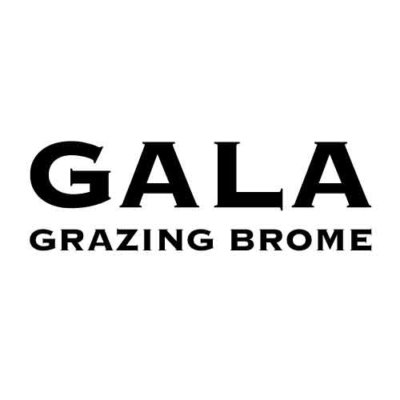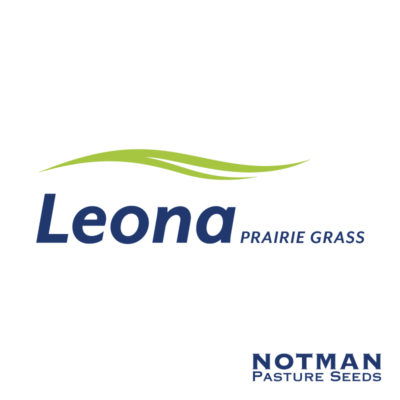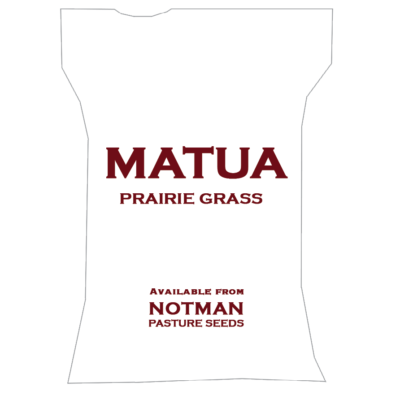About Grazing Brome Grass
Grazing brome (Bromus stamineus) has a perennial, prostrate growth habit with good winter growth, drought tolerance amd tolerant of continuous grazing, heavy stocking, low soil fertility and some insect pests.
Grazing brome is prolific seeder that recruits new plants strongly, is densely tufted with relatively fine leaves, and dense fine tillers and has excellent early vigour.
Grazing brome is suited to autumn or early spring planting with long growing seasons. It is sensitive to cold if sown in late autumn and winter. It is also not suited to poorly drained/heavy textured soils. It usually sown as a sole stand, but can used with other grass such as cocksfoot, phalaris or tall fescue in a blend. It can be long-term pasture in sites that struggle to hold ryegrass.
Grazing brome has high DM production and relatively high protein content. It can be rotationally grazed or periodically set-stocked. Major pest impact is through eastablishement with seedlings damaged by red legged earthmite, blue oat mite and lucerne flea.









